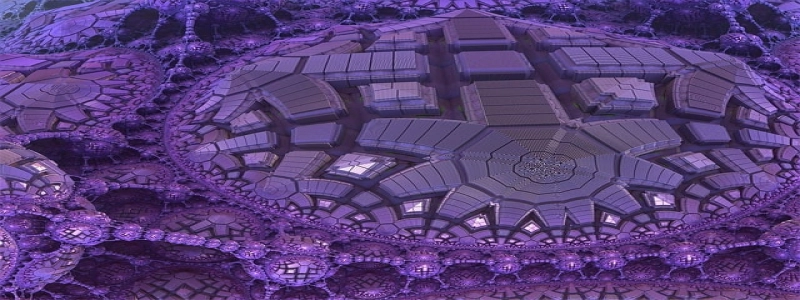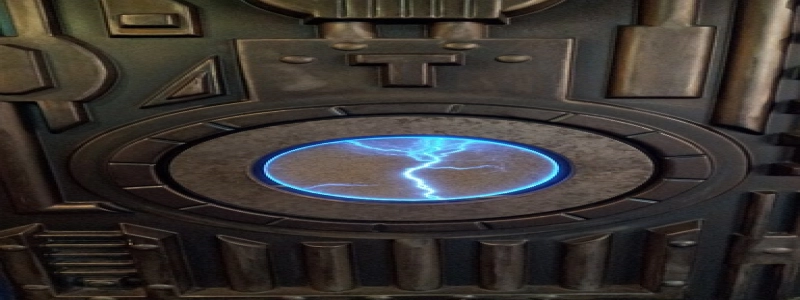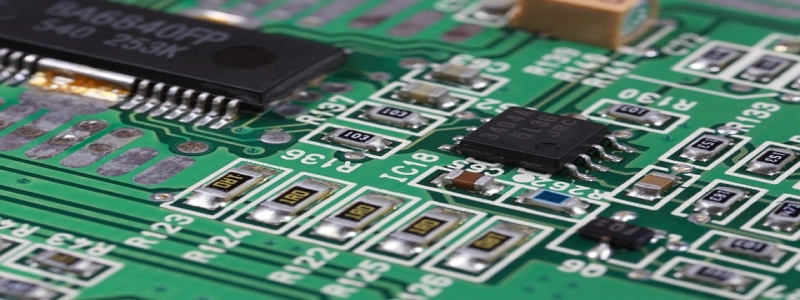Ethernet vs. Coax: A Comparative Analysis
Introduction
– Definition of Ethernet and coax
– Importance of networking technologies
Overview of Ethernet
1. Primary characteristics of Ethernet
– Standardized protocol for data transmission
– Local Area Network (LAN) technology
– Utilizes twisted pair cables or fiber optics
2. Advantages of Ethernet
– High data transfer speeds
– Scalability for large networks
– Support for a variety of applications
3. Disadvantages of Ethernet
– Limited distance coverage without repeaters
– Higher installation and maintenance costs
Overview of Coax
1. Primary characteristics of coax
– Copper or aluminum cable with insulated conductor
– Commonly used for cable television and computer networks
2. Advantages of Coax
– Longer distance coverage without signal degradation
– Lower installation costs
– Strong resistance to electrical interference
3. Disadvantages of Coax
– Lower data transfer speeds compared to Ethernet
– Less flexibility in terms of network design
– Limited availability in certain regions
Comparison of Ethernet and Coax
1. Speed and Performance
– Ethernet offers higher data transfer rates, especially with modern Gigabit and 10-Gigabit standards.
– Coax has lower data transfer speeds, with maximum rates typically reaching 1 Gbps.
2. Distance Coverage
– Ethernet requires signal repeaters to cover longer distances, usually limited to 100 meters without repeaters.
– Coax supports longer distance coverage without the need for repeaters, making it more suitable for larger networks.
3. Installation and Maintenance Costs
– Ethernet often requires higher installation costs due to the need for specialized cabling and equipment.
– Coax cables are generally more affordable and easier to install, contributing to lower overall costs.
4. Flexibility and Expandability
– Ethernet is highly scalable and allows for more flexible network design, accommodating various devices and applications.
– Coax has limited flexibility and may not support certain advanced networking configurations.
Conclusion
– Both Ethernet and coax have their own strengths and weaknesses.
– Ethernet excels in terms of speed, scalability, and flexibility, making it suitable for modern businesses and large networks.
– Coax is a cost-effective option with better distance coverage and resilience against electrical interference.
– The choice between Ethernet and coax depends on specific networking requirements, available budget, and geographical limitations.








